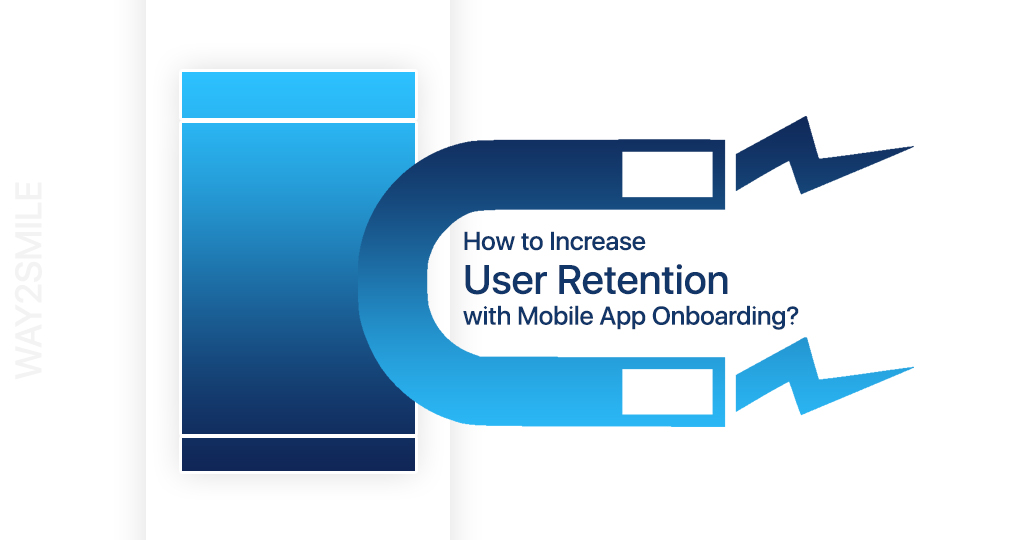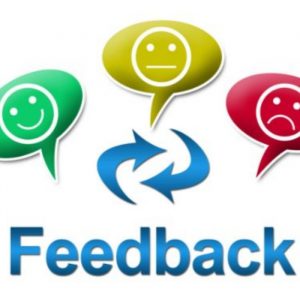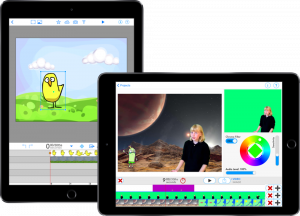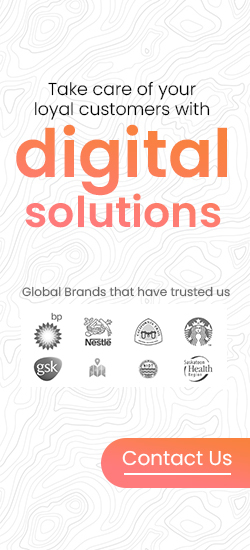How to Increase User Retention with Mobile App Onboarding?

Mobile Apps popularity is always on a high among users and this has encouraged many of the start-ups and SME’s to take advantage by building personalised mobile apps. Naturally this has produced a lot of business and high demand for Mobile Apps Development Companies. While considering the start-ups achieving business success is inveterately the order of the day. This presents the need for business apps to be intricately designed and behave to be immensely interactive and engaging within mobile users.
Start-ups and SME’s requires an increased User Retention and this affirms app developers to build a great onboarding experiences. The better the onboarding process is the early churns gets reduced and thus prevents to mobile apps abandonment. It will ensure that no user would delete your app thus proving every onboarding processes to have excellent user interface enabling success in user’s lifetime value. We have enlisted some of the best practices for achieving great user onboarding experiences which follows thereafter the initial app download is made:
1. Build the best Responsive Path
 The basic onboarding process should be made easy and intuitive for the mobile user while they download their preferred app. If the mobile apps critical features, pathways are malfunctioning and that necessitates designing complex log in screens then it would definitely result in abandonment of mobile users. However, the basic need is a single login or sign-up screen that can be built in every social media and entertainment apps. Occasionally there are some apps where integrating single screen may not be enough and this is only valid if the app utility is well understood.
The basic onboarding process should be made easy and intuitive for the mobile user while they download their preferred app. If the mobile apps critical features, pathways are malfunctioning and that necessitates designing complex log in screens then it would definitely result in abandonment of mobile users. However, the basic need is a single login or sign-up screen that can be built in every social media and entertainment apps. Occasionally there are some apps where integrating single screen may not be enough and this is only valid if the app utility is well understood.
- Benefits about Onboarding
The first thing about Onboarding Process is its effect in valuing the app exceedingly well. That explains mobile users with all the benefits of installing the app. Basically this process should be made concise and well designed.
- Function-Oriented Onboarding
This process constricts only to the key functions of mobile apps and certainly eliminates every other benefits at all the time. Here is the place for highlighting specific functionalities and hints about mobile apps usage and applications. It is a good practice to limit app functions to 3 or 4 utilities.
- Progressive Onboarding
Progressive Onboarding is a process where users are educated through a guided interaction menu. Every mobile user is now given the liberty to take their own decisions about utilizing the mobile app accordingly. These guided interactions provides adequate instructions to users about how to utilize the mobile app onboarding design going through its workflow, sections, hidden functions and gesture driven interactions.
- Hybrid
Hybrid Onboarding process combines the function oriented and progressive guided methods for creating the mobile apps responses. It ensures that the user gets the easier and most appropriate Onboarding Processes. Basically it is meant to encourage mobile users to re-use mobile apps at frequent intervals.
2. Reduce Sign-up/Log In Fields
 The Onboarding Process should not have any lengthy forms and the ideal procedure would be to have single forms for Sign-up or Log In. Another way to reduce lengthy forms is to introduce multiple screens for the Sign-up process.
The Onboarding Process should not have any lengthy forms and the ideal procedure would be to have single forms for Sign-up or Log In. Another way to reduce lengthy forms is to introduce multiple screens for the Sign-up process.
3. One Screen, One Concept Onboarding
 In order to make efficient usage of mobile apps for the end users it should be built precisely and have to be accurate in details. Therefore app developers should design a single screen to archive all information’s pertaining to its users and also should indulge them on repeated access etiquettes. This procedure can be built within hybrid apps allowing both of the core functionalities and effective responses get to the users fully.
In order to make efficient usage of mobile apps for the end users it should be built precisely and have to be accurate in details. Therefore app developers should design a single screen to archive all information’s pertaining to its users and also should indulge them on repeated access etiquettes. This procedure can be built within hybrid apps allowing both of the core functionalities and effective responses get to the users fully.
4. Quick Feedback
 Generally any feedback response given during the Onboarding process is tested for its validity and error detection purposes. User feedbacks can also be provided in the form of emoticons and animations to let know of the app admin about accomplished interactions. Also, if your password is incorrect or low secure then this can be understood straight away from the feedback response alerted from the mobile app. It will also guide the user to make better decisions and then navigate through the mobile app easier.
Generally any feedback response given during the Onboarding process is tested for its validity and error detection purposes. User feedbacks can also be provided in the form of emoticons and animations to let know of the app admin about accomplished interactions. Also, if your password is incorrect or low secure then this can be understood straight away from the feedback response alerted from the mobile app. It will also guide the user to make better decisions and then navigate through the mobile app easier.
5. Use Guided Interactions for Progressive Apps
![]() Progressive Apps are used in making complex Onboarding process look easier and intuitive for the mobile user. It will also result in producing great user experience for the user discovering many functions and features at rapidity. This method of Onboarding is very much common in Video Game Apps. Users begin to learn the game through follow actions and get quickly acclimatised with controls and environments without even going through the laborious process of understanding tutorials. Guided Interactions in progressive apps empowers users to build specific actions and then create contents that produces enchanting user experiences.
Progressive Apps are used in making complex Onboarding process look easier and intuitive for the mobile user. It will also result in producing great user experience for the user discovering many functions and features at rapidity. This method of Onboarding is very much common in Video Game Apps. Users begin to learn the game through follow actions and get quickly acclimatised with controls and environments without even going through the laborious process of understanding tutorials. Guided Interactions in progressive apps empowers users to build specific actions and then create contents that produces enchanting user experiences.
6. Use Animations for purpose
 There are three reasons for using Animations and they are:
There are three reasons for using Animations and they are:
- It infers to vital element for user to make a progress
- Provides positive feedbacks about user actions
- The swiftness in presenting new content for the user
This type of Animated Onboarding process should definitely limit the needs of elements integration to only 3 or 4 processes and then serve the purpose of user retention. The best in animation onboarding processes are accomplished using pagination dots in the screen display, to make it viewer friendly and introducing subtle animations for faster transitions.
7. Infinite Testing
 It is Onboarding process that precedes every time with the usage of mobile apps and therefore it necessitates the user review and feedback process to happen voluntarily. This will ensure that the Onboarding design is enhanced and made effective. The next thing is recording of all progresses enunciated by the mobile users and then analyse, test it for precision of data processed. This would enable the appropriate selection of Onboarding process for the mobile user.
It is Onboarding process that precedes every time with the usage of mobile apps and therefore it necessitates the user review and feedback process to happen voluntarily. This will ensure that the Onboarding design is enhanced and made effective. The next thing is recording of all progresses enunciated by the mobile users and then analyse, test it for precision of data processed. This would enable the appropriate selection of Onboarding process for the mobile user.
Study the User Retention Rate to identify problems
Study of the Onboarding process can be known by dividing User Retention Rate into three different categories namely short-term, mid-term and long-term retentions.
- Short-Term Retention
This is defined by the no of users accessing the mobile app for a week and then they leave away due to its complexity. Basically this happens within mobile users who find it difficult, and frequently get confused while moving through the mobile app onboarding design to get productive.
- Mid-Term Retention
These type of users live up with the mobile apps for about 4 weeks duration. The main reason for users to delete the mobile app is lack of guided interactions which makes usage patterns reliable. If these barriers are overcome earlier on during the Onboarding process itself then User Retention can be improved multi folds.
- Long-Term Retention
Long-Term User Retention usually refers to mobile users who value their user experiences to be most valuable and indispensable. Here is where the Onboarding process built into mobile apps plays a vital role for the user by making every activities of their effortless.
Convey Value Instantly
Onboarding process allows app developers to convey the meaning of their product to the mobile user right away. This should also enable mobile apps to be effectively used within mobile users and then make them realise about its value. Further, this should ensure that the app user sticks to the product for an extended period of time. On its contrary part if there is no Onboarding processes then many users will begin to uninstall apps at once.
Final Thoughts
User Retention can be improved through efficiently staging the Onboarding process within each and every mobile apps. Start-up companies have the real trouble of knowing the user retention rate for their mobile app in an extended time span. Generally, if there are prolonged users who would download and acquiescence mobile apps then it reflects to the real success of that Mobile App Development Company and its continuous value for mobile apps.
This almost urges app developers to include Onboarding process into all their mobile apps and then mandatorily get users to go through the entire Onboarding process. It also leverages the receipt of user feedback and modifications for future enhancements. Consummately, now the app developers can build interactive Onboarding process that would result in better user engagement and experiences.
Related Article:




